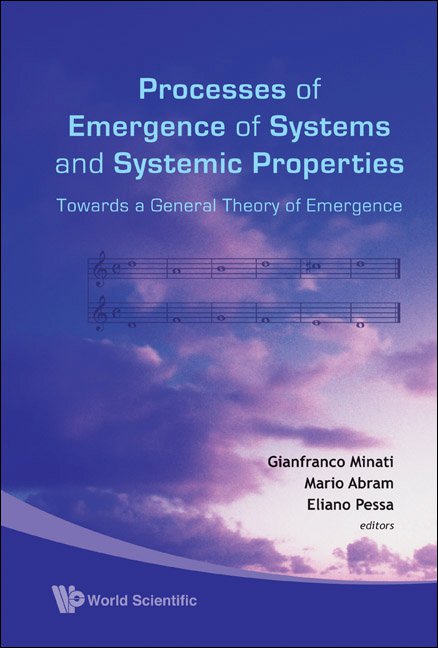STATE VARIABILITY AND PSYCHOPATHOLOGICAL ATTRACTORS: THE BEHAVIOURAL COMPLEXITY AS DISCRIMINATING FACTOR BETWEEN THE PATHOLOGY AND NORMALITY PROFILES
369 patients, selected within a set of 1215 outpatients, were studied. The data were clustered into two set: the baseline set and the endpoint set. The clinical parameters had a higher variability at the baseline than at the endpoint. 4 to 5 factors were extracted in total group and 3 subgroups (190 "affective", 34 type-B personality, 166 without any of both disorders). In all subgroups there was a background pattern of 6 components: 3 components confirming the trifactorial temperamental model of Cloninger; 1 component related to the quality of social relationships; 2 components (that are the main components of factorial model about in all groups) relating to quality of life and adjustment self perceived by patients, and to pattern of dysfunctional behavior, inner feelings, and thought processes externally evaluated. These background components seem to aggregate differently in the subgroups in accordance to the clinical diagnosis. These patterns may be interpreted as expression of an increased "coherence" among parameters due to a lack of flexibility caused by the illness. The different class of illness can be further distinguished by intensity of maladjustment, that is related to the intensity of clinical signs just only at the baseline. These data suggest that the main interfering factors are clinical psychopathology at baseline and stable personality traits at endpoint. This persistent chronic maladjustment personality-driven is evidenced after the clinical disorder was cured by treatment. An interpretative model is presented by the author.



